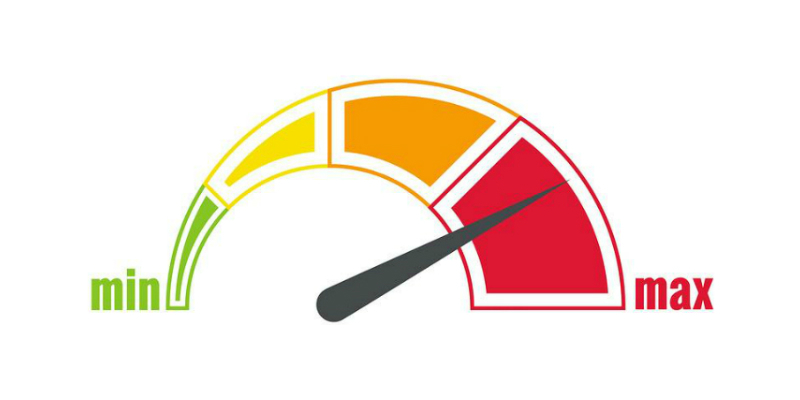Your Internet Service Speeds
S&A Telephone provides residential and business customers with a variety of high speed Internet plans to choose from. S&A Telephone engineers its network to ensure that its customers can enjoy the speeds to which they subscribe. However, S&A Telephone does not guarantee that a customer will actually achieve those speeds at all times. S&A Telephones advertises its speeds as “up to” a specific level based on the tier of service to which a customer subscribes. The “actual” speed that a customer will experience while using the Internet depends upon a variety of conditions, many of which are beyond the control of an ISP such as S&A Telephone.
Conditions that may hinder the Internet speed may include but are not limited to the following:
1. Performance of a customer’s computer, including its age, processing capability, its operating system, the number of applications running simultaneously, and the presence of any adware and viruses.
2. Type of connection between a customer’s computer and router or modem. For example, wireless connections may be slower than direct connections into a router or modem. Wireless connections also may be subject to greater fluctuations, interference and congestion.
3. The distance packets travel (round trip time of packets) between a customer’s computer and its final destination on the Internet otherwise known as latency, including the number and quality of the networks of various operators in the transmission path. The Internet is a “network of networks.” A customer’s connection may traverse the networks of multiple providers before reaching its destination, and the limitations of those networks will most likely affect the overall speed of that Internet connection.
4. Congestion or high usage levels at the website or destination. If a large number of visitors are accessing a site or particular destination at the same time, your connection will be affected if the site or destination does not have sufficient capacity to serve all of the visitors efficiently.
5. Gating of speeds or access by the website or destination. In order to control traffic or performance, many websites limit the speeds at which a visitor can download from their site. Those limitations will carry through to a customer’s connection.
6. The performance of the DSL modem installed. Modem performance may degrade over time, lightning and power outages sometimes have an effect on modems and / or DSL filters in your home.
7. S&A Telephone Network Management. S&A Telephone currently does not limit or block any internet traffic on its network. We do however; reserve the right to begin reasonable network management to provide better service to everyone if our network becomes too congested. You can view our network management policy on our website, HERE.
Speed Tests
Speed tests provide an outlet to test the speed of your internet connection. However, several factors may affect the results of the test. In addition, a speed test encompasses the customer’s home network configuration, modem, and computers, and therefore, does not necessarily reflect the performance of the S&A Telephone network. Multiple computers utilizing the same Internet connection may affect the outcome of the test.
Please consider that internet speeds are based in bits while file sizes are normally sized in bytes. One byte is equivalent to 8 bits. This means that to download a 1 megabyte file on a 1 megabit connection it would take roughly 8 seconds at full speed. This is a large source of confusion when downloading files and why they seem to be taking longer than expected.
Please note that all speed tests have biases and flaws and that such tests measure limited aspects of an ISP’s speed and therefore, must be seen as a guide rather than definitive measurements of performance.
Latency
Latency is another measurement of Internet performance. Latency is the time delay in transmitting or receiving packets on a network. Latency is primarily a function of the distance between two points of transmission, but also can be affected by the quality of the network or networks used in transmission. Latency is typically measured in milliseconds, and generally has no significant impact on typical everyday Internet usage. As latency varies based on any number of factors, most importantly the distance between a customer’s computer and the ultimate Internet destination (as well as the number and variety of networks your packets cross), it is not possible to provide customers with a single figure that will define latency as part of a user experience.


